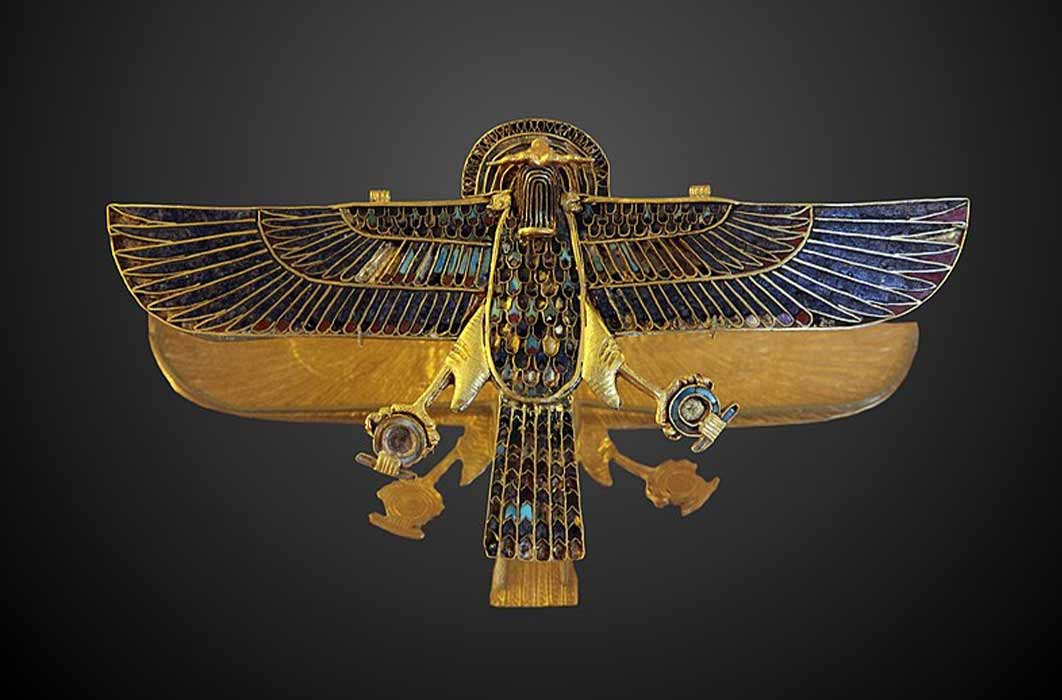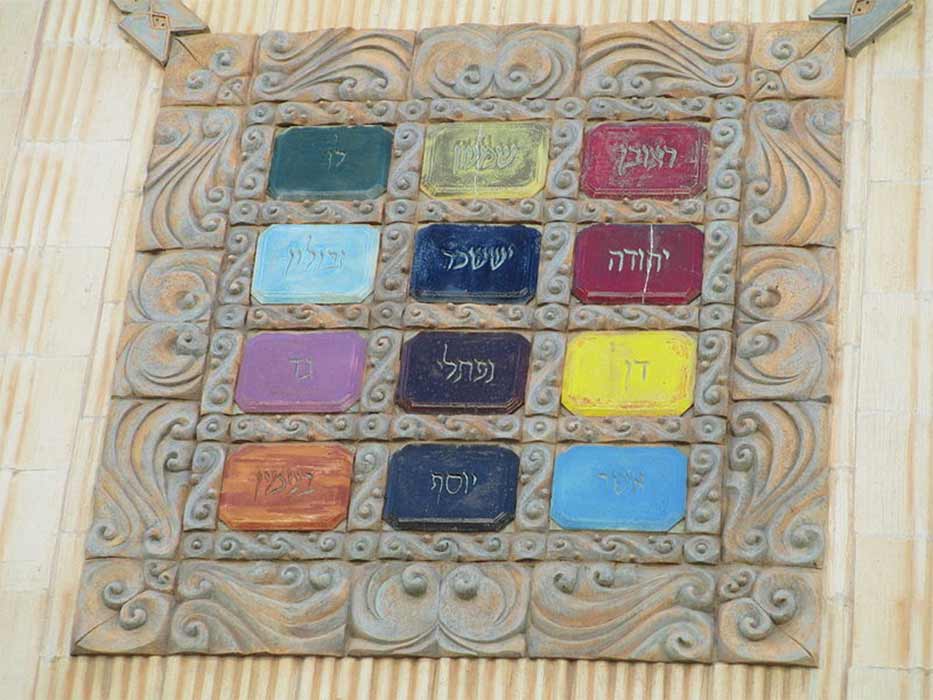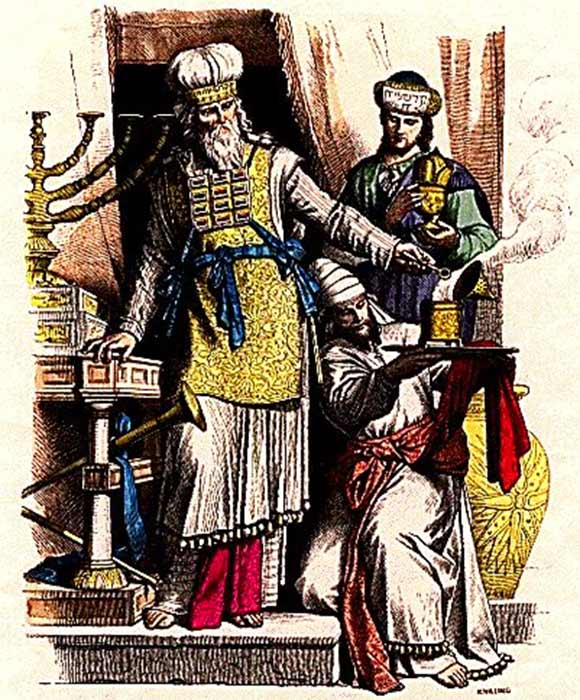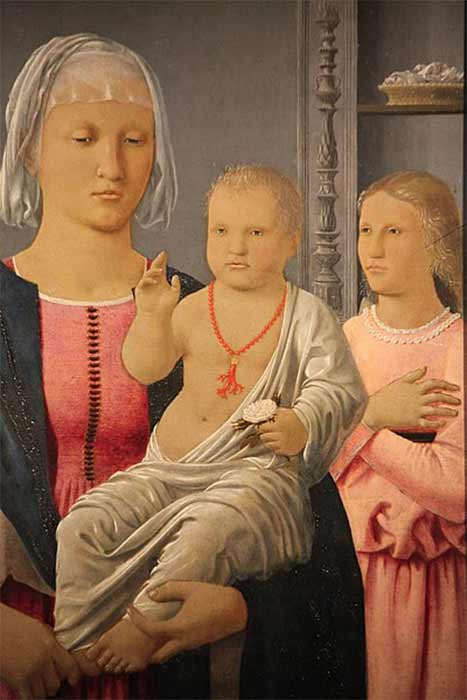
Lustrous Gems As Amulets And Talismans Of Ancient History
Astrology is a very significant component of traditional magic. Although today it is marginalized even in magical practice, it played a significant role in determining when and how to implement a magical act. Gems played an important role in late Roman belief, as attested to by the Gnostic gems that still exist. Gems were considered powerful if they complemented the astrological horoscope of the individual, but could be detrimental if in conflict with the persons' signs. Wearing the zodiacal stone of one's birthday, the birthstone, is commonplace today, even if the deeper symbolic and magical meanings are rarely understood.


Ceramic replica of the High Priest's breastplate with 12 gemstones. Sephardic synagogue in Ramat Gan (Dr. Avishai Teicher/ CC BY-SA 2.5) Jewish High Priest wearing the sacred vestments. (Public Domain)
Amulets To Ward Off Illness
Traditional medicine is indistinguishable from magic, using sympathetic principles, the doctrine of signatures, and the planetary attributes of gemstones as a means of treating illness, disorders, and disease. Religious talismans used in traditional medicine include the Tau cross, which in northern Europe was conflated with the Hammer of Thor and the ax of Saint Olaf, and the Agnus Dei, a talisman bearing the Christian emblems of the Lamb and Flag.
Traditionally gems are worn amuletically as remedies to stave off illness or as treatments for existing ones. They may remind the wearer of the beneficent power of his or her gods and exhort the wearer to live a life according to religious precepts. Gems may be used singly or in combination with other gems or amulets of a different kind. Gems engraved with particular sigils, words, or images act with a specific purpose.

Medieval: Tau cross pendant by Jan van Eyck (1430)British Museum (CC BY-SA 2.0)
Ancient gems were carved into religious talismans, bearing the images of gods and thereby accessing their particular powers. Serapis, the late Greco-Egyptian god, consort of Isis, was an important god in Ptolomaic Egypt and beyond. His image and name were carved on amuletic gems that bore the words in Greek characters ΕΙΣ ΘΕΟΣ ΣΑΡΑΠΙΣ: "There is but one God and he is Serapis." This or "The One Living God" were the parallel of the religious medallions made today in the Christian and Buddhist traditions. The short form of the first Serapian aphorism, ΕΘΣ, used for amuletic purposes, is perhaps the forerunner of the Christian IHS monogram. Some Serapian gems were for specific functions, bearing the inscription "baffle the Evil Eye, O Serapis". In addition to Serapis, gems of the deity Abraxas, whose number is 365, were also powerful protective amulets.

Madonna di Senigallia with the baby wearing the coral amulet by Piero della Francesca (1470) Galleria Nazionale delle Marche (CC BY-SA 4.0)




